7 tips for keeping your store bought herbs alive
Slash your grocery bill and keep store-bought herbs thriving
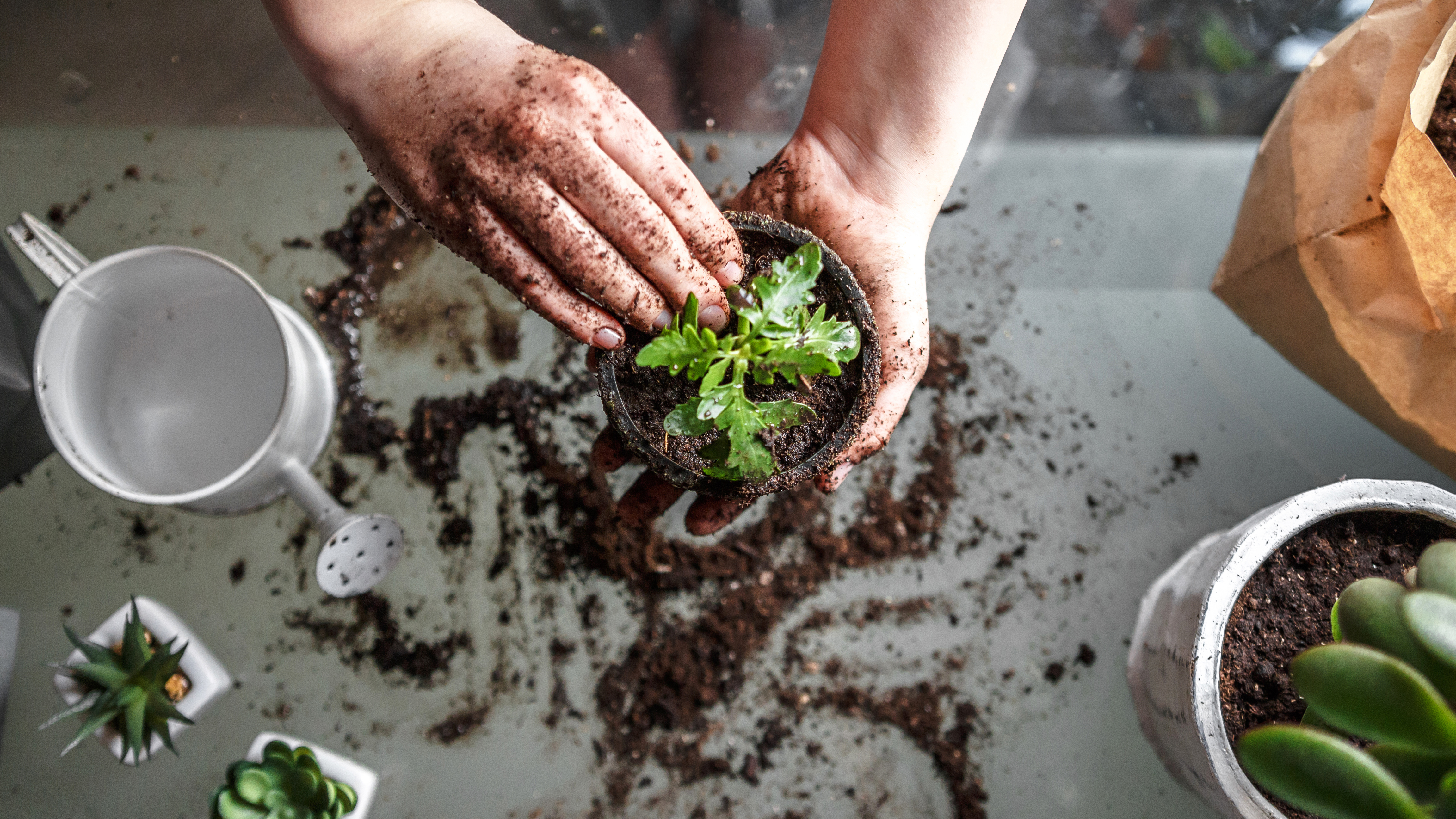
Store-bought herbs often wilt quickly, but with the right care, they can thrive for weeks or even months. Whether you're just learning how to grow a herb garden, or you're an experienced indoor gardener, extending the life of store-bought herbs is a valuable skill.
Each herb has unique needs for water, light, and maintenance. Basil, for instance, prefers warm conditions and frequent pruning, while cilantro thrives in cooler environments. By understanding these requirements, you can transform your temporary herb purchases into long-lasting plants. For those with limited space, applying tips for growing herbs indoors or drying herbs can be really useful.
With these tips, you'll be able to keep your store-bought herbs alive and flourishing, ensuring a constant supply of fresh flavors for your kitchen.
1. Water your store-bought herbs
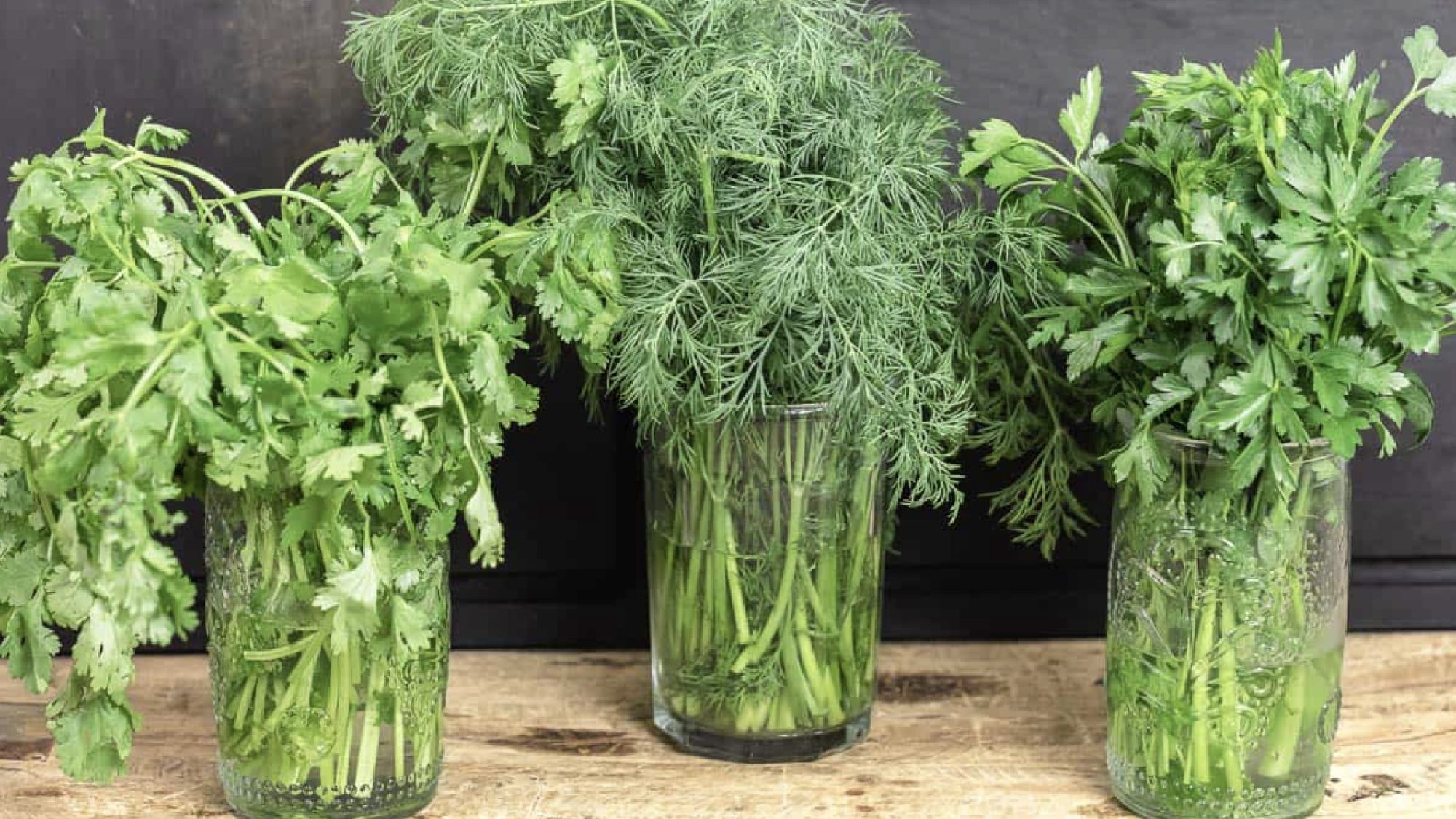
First, remove any packaging or rubber bands from the herb bunch. Trim about half an inch off the bottom of the stems at a 45-degree angle. Then fill a glass or jar with about two inches of fresh water.
Place the herb stems in the water, ensuring the leaves remain above the waterline. Change the water every 1-2 days to prevent bacterial growth. If you notice any yellowing or wilting leaves, remove them promptly. For potted herbs, water when the top inch of soil feels dry to the touch.
2. Provide adqeuate light
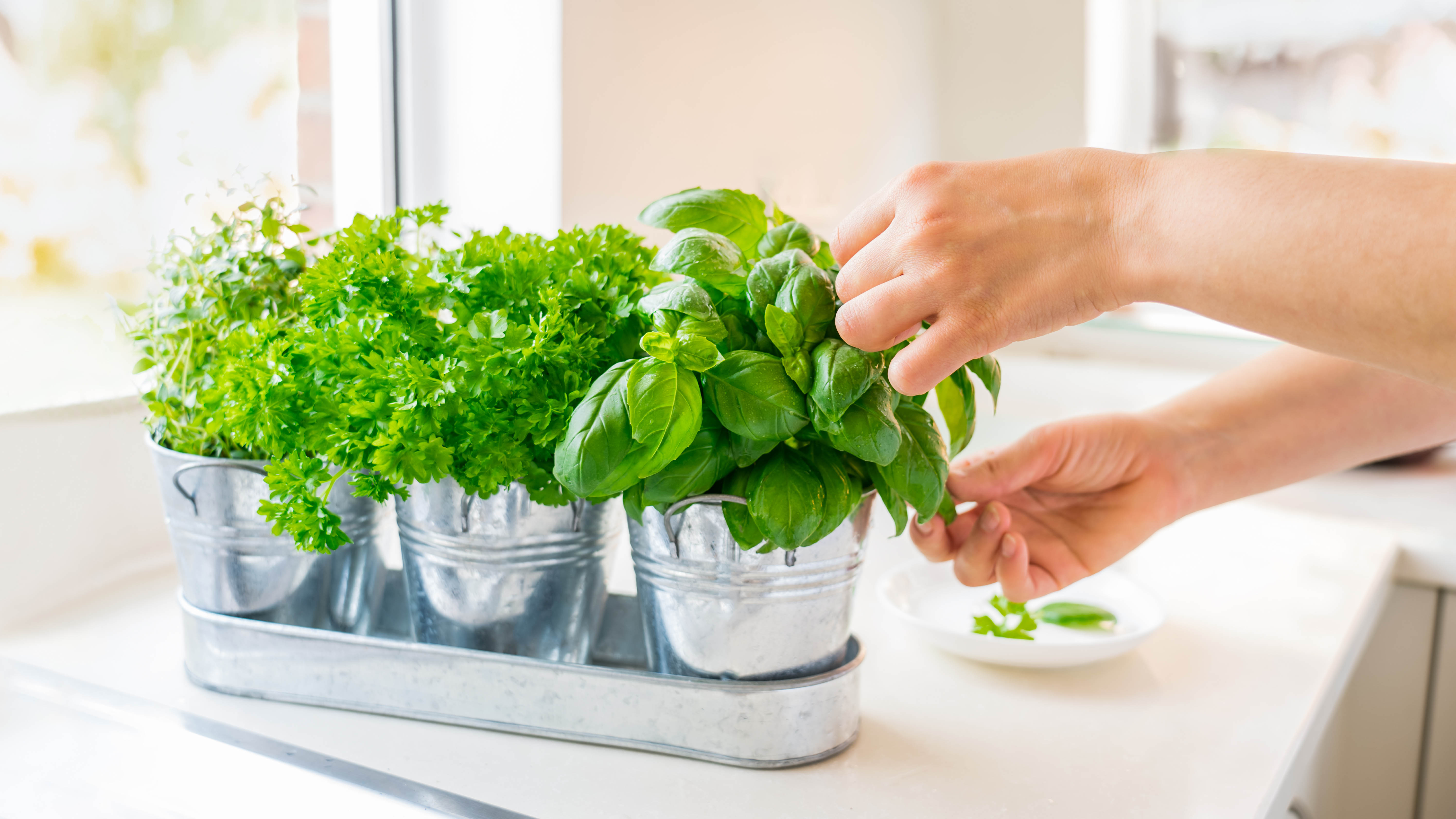
Place your herbs in a spot that receives bright and indirect sunlight. Avoid placing herbs in direct sunlight, as this can cause leaf burn. If natural light is limited, consider using grow lights to supplement.
Rotate your herbs regularly to ensure even light exposure on all sides. For shade-loving herbs like mint or parsley, choose a cooler, less bright location like a north-facing windowsill.
3. Trim and maintain your herbs

Regularly pinch off the top sets of leaves to encourage bushier growth. When cutting herbs for use, snip the stems close to where leaves branch out. Remove any flowers you see, as flowering can affect the herb's flavour.
For basil, pinch off the center stem after it has grown six pairs of leaves. For hardy herbs like rosemary and thyme, trim the ends of the stems by about an inch.
4. Store herbs for longevity
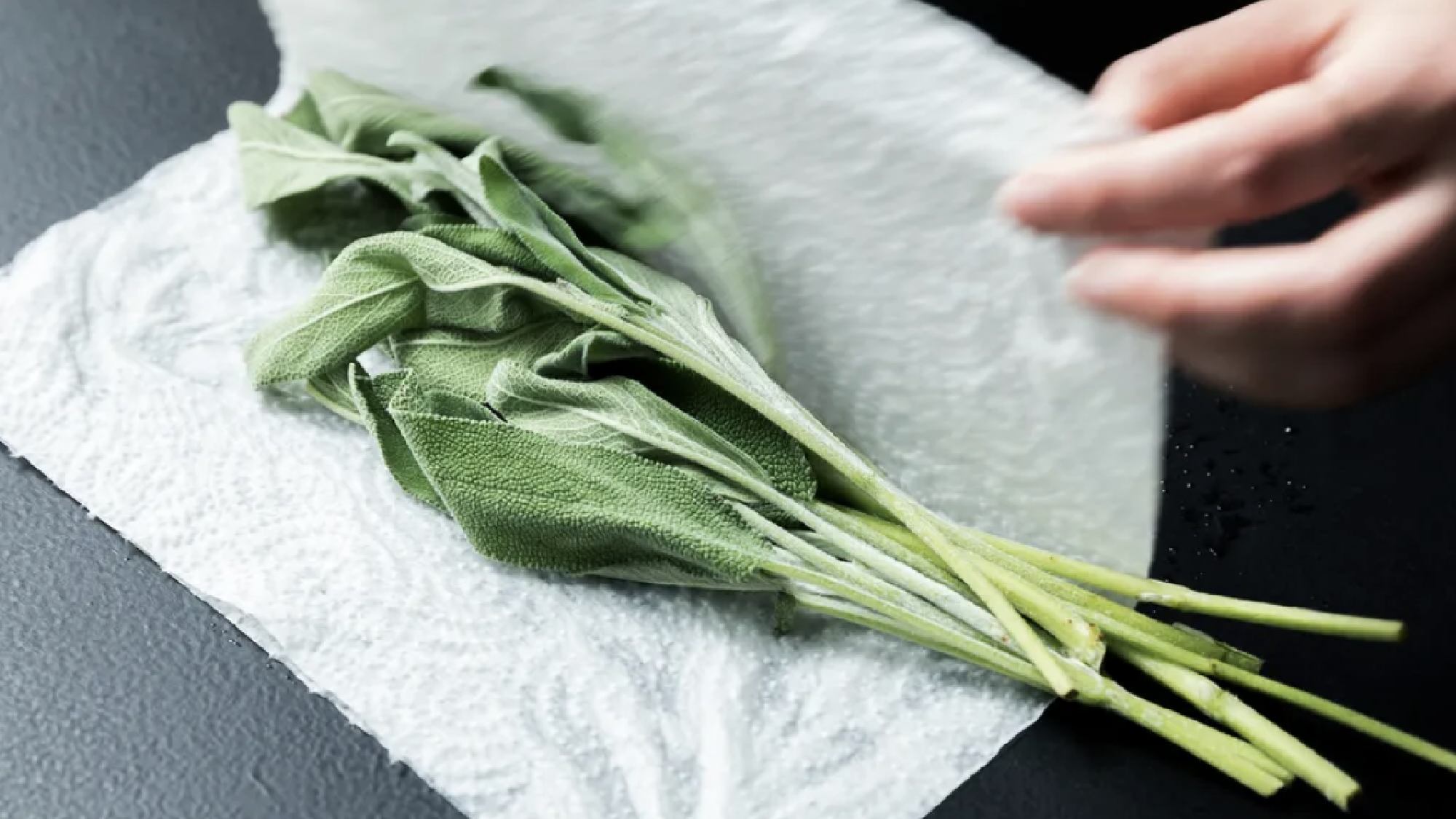
There are different ways you can store herbs to increase their longevity. For soft herbs like cilantro and parsley, store them in the refrigerator with a loose plastic bag over the top. Keep hardy herbs like rosemary, thyme and mint wrapped in a damp paper towel inside a plastic bag in the fridge. Basil is best kept at room temperature, as cold can damage its leaves.
You could also freeze your store bought herbs by placing them in ice cube trays with water, for long-term storage. And you can dry herbs by hanging them in bunches in a dry place with plenty of air circulation.
5. Control pests

Inspect your herbs regularly for signs of pests like aphids or spider mites. If you spot pests, gently wash the leaves with a mild soap solution and rinse thoroughly. For fungal issues, improve air circulation and reduce watering frequency.
Yellow leaves often indicate overwatering; adjust your watering schedule accordingly. If herbs become leggy, increase light exposure and pinch back regularly to promote bushiness.
6. Repotting store-bought herbs
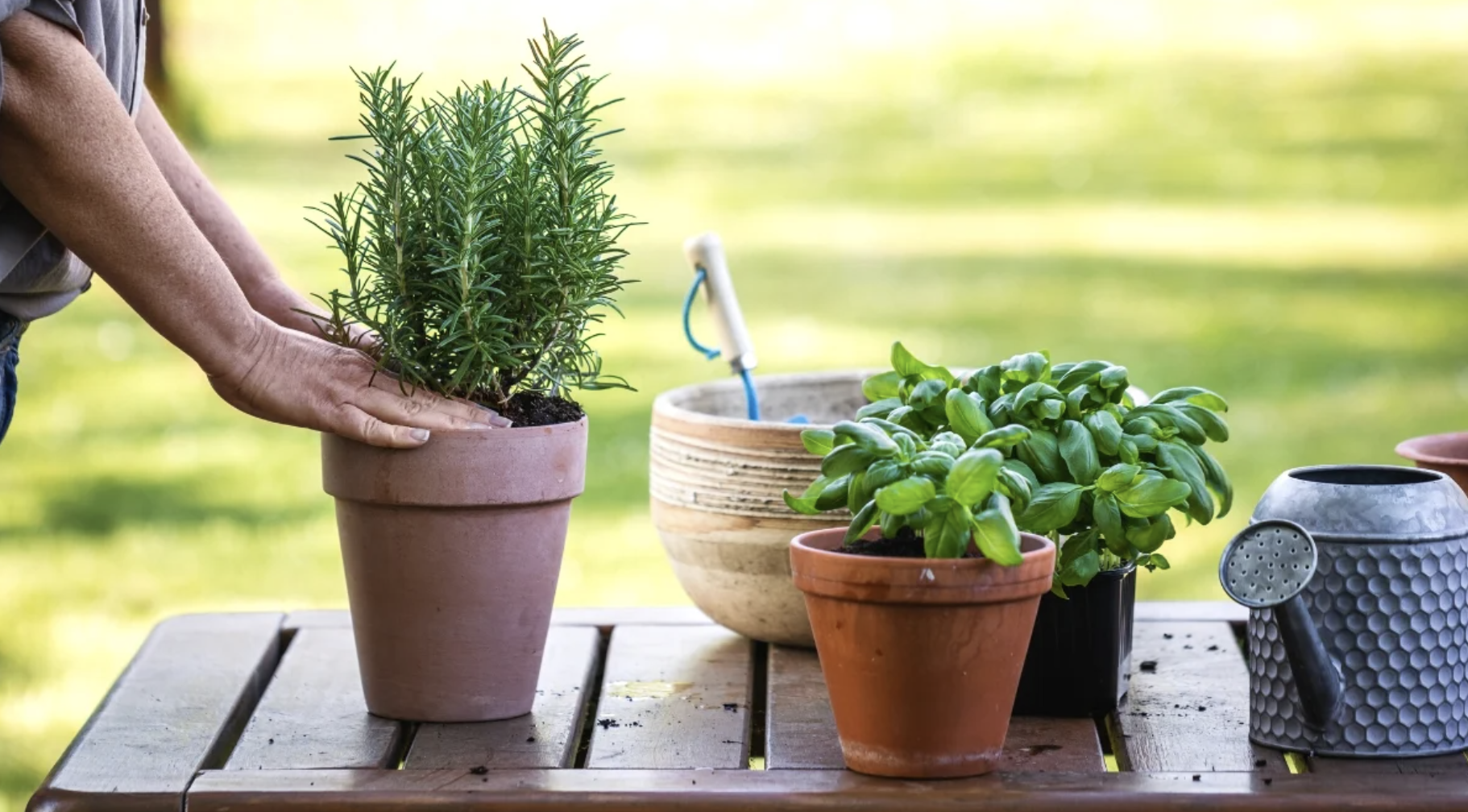
Choose a pot at least 8 inches deep with drainage holes for transplanting. Use a well-draining potting mix — equal parts potting soil, compost, and perlite or sand. Gently remove the herb from its original container, loosening the roots if pot-bound. Plant at the same depth as in the original container and firm the soil around the base.
After transplanting, water thoroughly and place the herbs in a location with the sufficient light required.
7. Revive wilting herbs
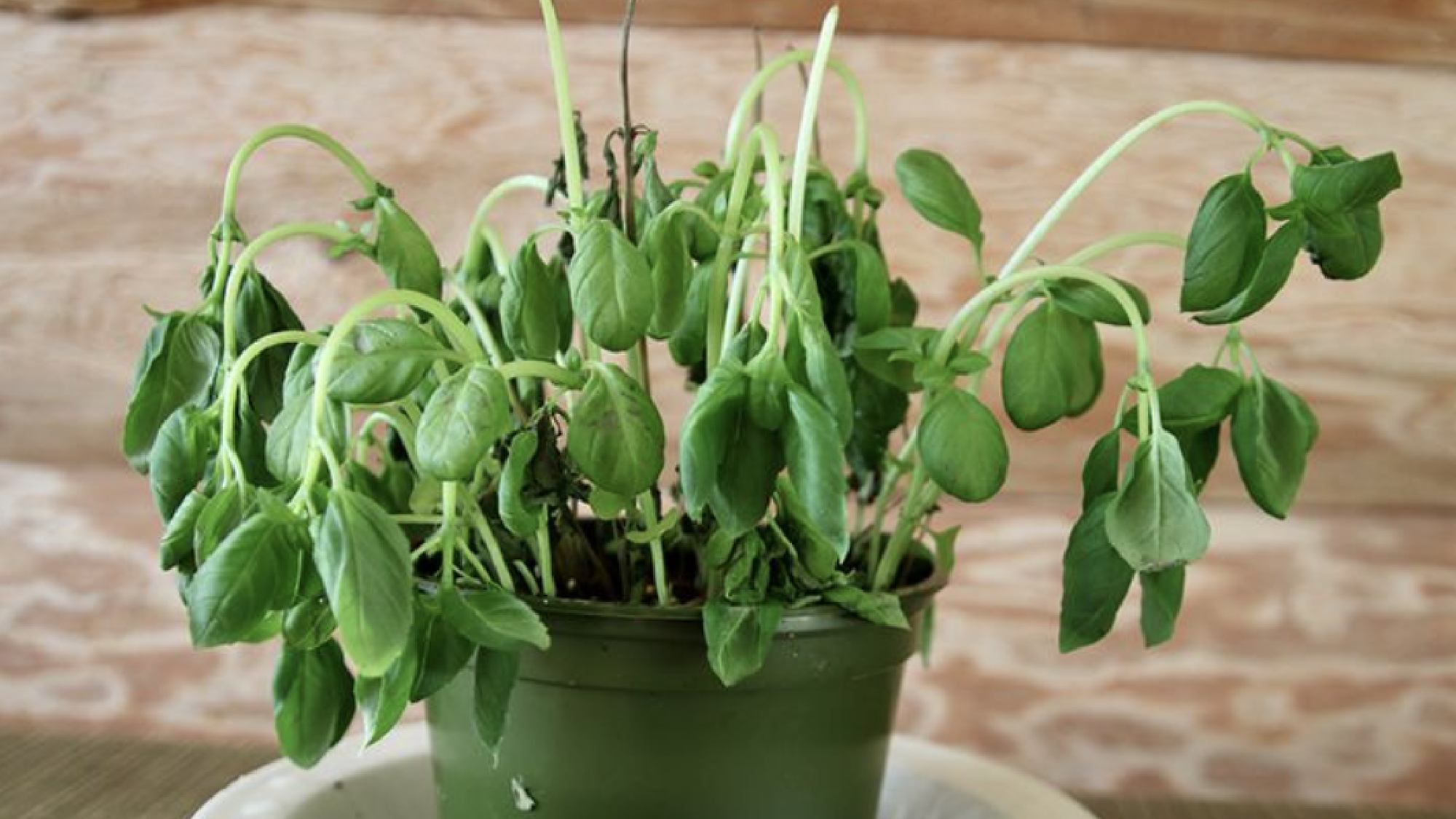
To revive wilting herbs begin by filling up a bowl with ice water. Trim the stems of your wilting herbs at a 45-degree angle and submerge the entire herb (leaves and all) in the ice water for about 15 minutes.
Once removed, gently shake off excess water and pat dry with a paper towel. This quick revival method can often bring wilted herbs back to life, giving you a chance to save herbs that might otherwise be discarded.
Keeping store-bought herbs alive can be rewarding, but it's not without challenges. Avoid these 7 mistakes when growing herbs to ensure success. For those curious about modern gardening techniques, we've explored whether AI can make us better gardeners by putting ChatGPT to the test. And when you're away, knowing tips for keeping your garden thriving when you're on vacation is essential.
Sign up to get the BEST of Tom's Guide direct to your inbox.
Get instant access to breaking news, the hottest reviews, great deals and helpful tips.

Kaycee is an Editor at Tom’s Guide and has been writing for as long as she can remember. Her journey into the tech world began as Cazoo's Knowledge Content Specialist, igniting her enthusiasm for technology. When she’s not exploring the latest gadgets and innovations, Kaycee can be found immersed in her favorite video games, or penning her second poetry collection.
